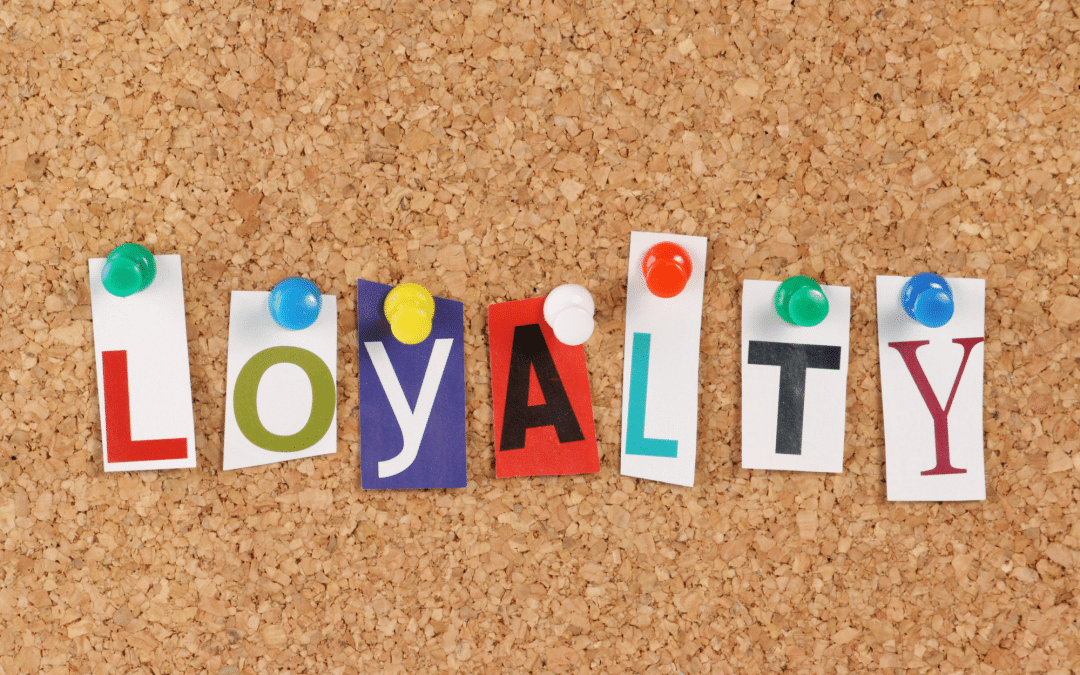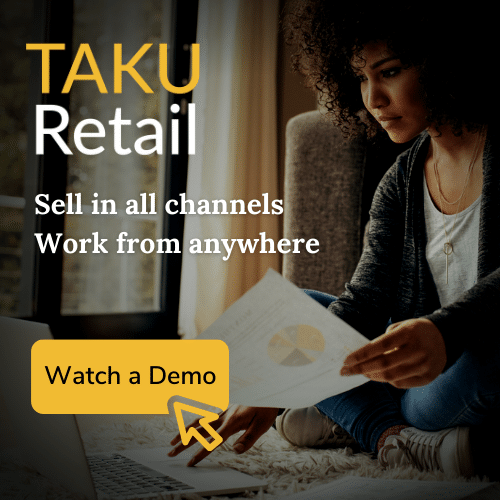
5 reasons why small retailers need loyalty programs
This article was originally published on the ACE POS Blog.
With many large retailers offering loyalty programs, it’s easy to think that there isn’t value for small retailers to develop their own programs. But there are a number of reasons as to why this isn’t true:

- Lower Cost of Acquisition. Even if you take into account the cost of offering loyalty benefits, with a carefully-designed program, repeat program customers will pay out over time as the cost of their business is much lower to acquire vs. new customers. While it’s expected for direct cost of goods to be carefully tracked, it’s still easy to forget how expensive the indirect costs of business development are — marketing, free shipping, etc.
- Make Customers Sticky. By rewarding repeat customers for their business, you are making it harder for your competitors to make inroads as there is a cost for your customers to stop buying from you.
- Store Data. Store Data. Store Data. Many retailers work on razor-thin profit margins. Inventory is the largest asset for retailers. It makes sense for you to have a clear idea of what products your most loyal customers want to buy. The data from loyalty programs often pays for itself if it is utilized to optimize supply and demand in your store. Minimizing stock-outs and overstock will reduce how much ongoing inventory you need to carry and ultimately, improve your cashflow.
- Channel for Direct-Customer Engagement. Loyalty programs are an easy way for retailers to get permission to market to customers. Essentially you are offering program benefits in exchange for authorization to communicate with customers. Remember that customer engagement is often a two-way street nowadays. Customers appreciate businesses that also value their opinions.
- Profiling for Personalization. Loyalty programs are a great way for retailers to collect quality product feedback or actionable service improvements that will improve your customer engagement and save you money in the long-term. Because customers volunteer their profile and demographics details to become a loyalty member, you are able to deliver higher personalization to create a more unique (and hopefully more profitable) engagement.
How do I Implement a Loyalty Program?

Have I convinced you to implement a loyalty reward program yet for your small business? If so, there are a few things you can do to run your program more cost-effectively and successfully:
Don’t focus exclusively on discounts. You want to rewards shoppers, not encourage your best customers to only buy on discount. While special offers are expected with most loyalty programs, it’s more effective in the long-term to offer a range of benefits such as:
- Special Events: book signings, wine & cheese meet and greets, launch partie
- Exclusive Access: limited edition new products, members only early access
- Free Gifts: exclusives for volume purchase, samples from manufacturers
- Free Services: alternations for purchases, wifi access (e.g. free wifi with data collection from companies such as Purple, etc.)

Don’t constantly hard sell. Shoppers are marketed to in nearly every medium today — from TV to social media. Studies show that consumers, especially Millennials, are jaded from relentless hard selling. Today’s buyers are increasingly looking for retailers that offer discounts or experiences. As the retail expert, Steven Dennis, quoted in one of his recent articles for Forbes magazine:
…engage in a discounting fueled race to the bottom or seek to do what is unique, intensely customer relevant and truly remarkable, where price is not the determining factor in the customer’s decision.
Be careful when setting up the terms of your loyalty reward program. This cannot be stressed enough as it can be costly (financially and in terms of goodwill) to change a loyalty reward program once it is in place. As companies such as Waitrose in the UK have learned, there is an art to even giving away free coffee or tea. It’s important for retailers to consider everything from affordability, running costs, how to minimize program abuse, whether the benefits match the values of your target market, whether to have caps or expiry on benefits, etc.
Offer a sign-up incentive. An easy way for you to increase engagement and sign-up for your loyalty reward program is by offering a free gift or a limited time offer with purchase. Offering low profit-margin stock or manufacturer samples is a common practice but remember that program members should feel that they are getting a gift of value, not simply a throw away product.
Promote your loyalty reward program in-store. Merchandising your retail store on a budget includes having displays in-store to encourage customers to sign-up for your loyalty program or to showcase your latest reward benefit. If you have the budget, digital signage will make it easier to make updates over time without having to re-print display materials as new benefits or offers are launched. Having in-store displays will also help your staff as it encourages shoppers to ask about joining during check-out.

Training of check-out staff. It doesn’t help a business to offer a loyalty reward program if the check-out staff give shoppers the impression that those who use them are a nuisance or thrifty. Make sure to train your check-out staff to ask if paying shoppers are members, and if they are not, whether they would like to join. Offering a loyalty reward program without bothering to train staff about program details or by discouraging its usage will only come across as insincere by savvy shoppers in today’s competitive retail environment. This is especially true if you plan to have tiers in your loyalty program. The backlash against Sephora’s famous Beauty Insider program is a prime example of how retailers can lose sight of the purpose of their programs and how to execute them.
Loyalty reward programs are a great way in which to build a following of repeat customers or even influencers over time. Consider the tips above to make sure you are offering a successful program that adds long-term value to your bottom line.
Good Luck and Happy Retailing.
I’m Karen Wong, contact me if you’d like to connect. Follow me on LinkedIn.
#loyaltyprogram #customerloyalty #retailmarketing #retail #pointofsale #takuretail #builtforretail

